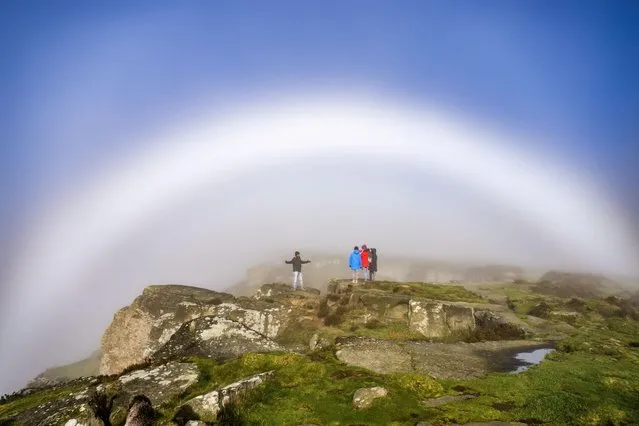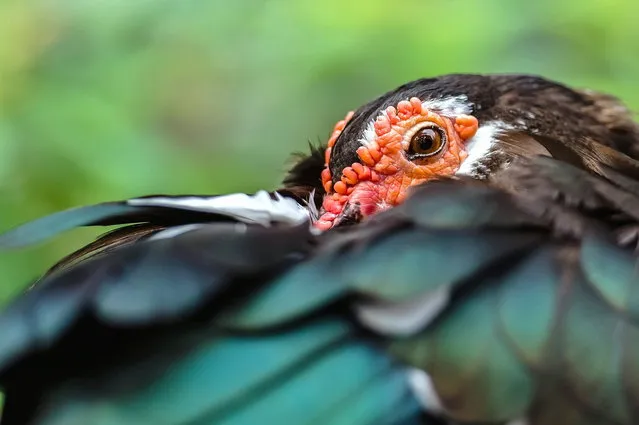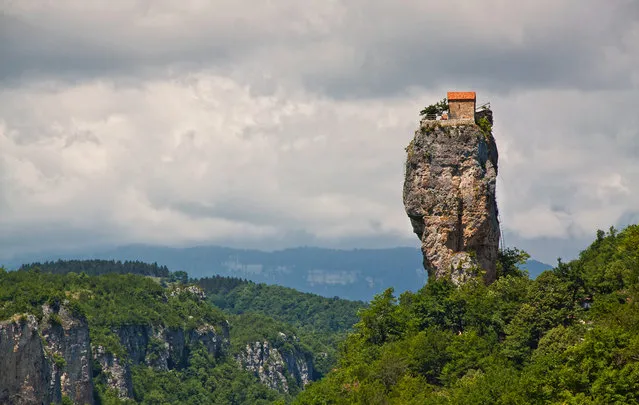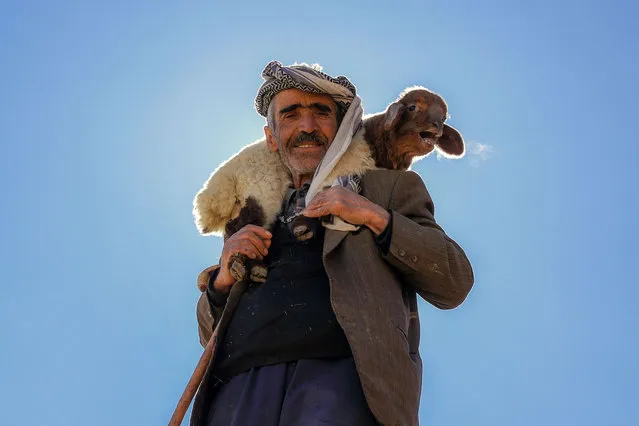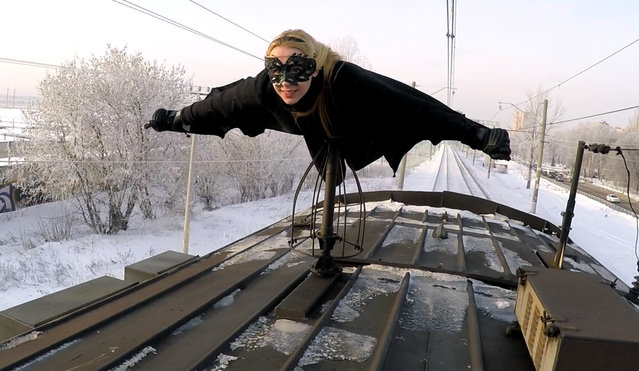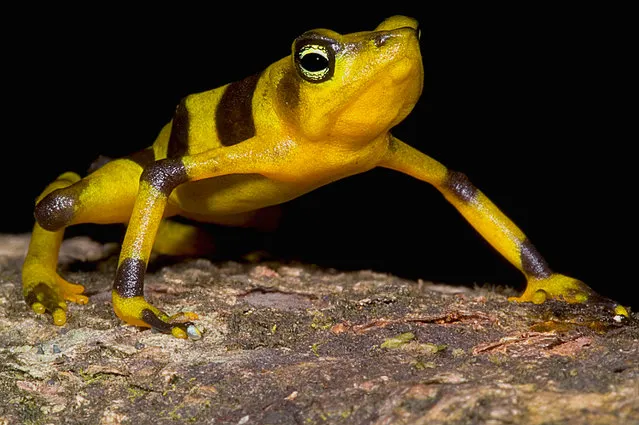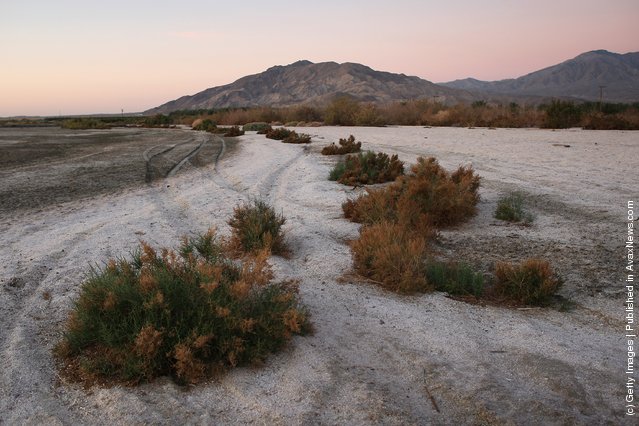
Salt-resistant plants grow in sand made up of small fish bones on the shore of the Salton Sea before sunrise in an area where a controversial development would create a new town for nearly 40,000 people on the northwest shore of the biggest lake in California, the Salton Sea, on March 21, 2012 south of Mecca, California. (Photo by David McNew/Getty Images)
22 Mar 2012 11:32:00,post received
0 comments

